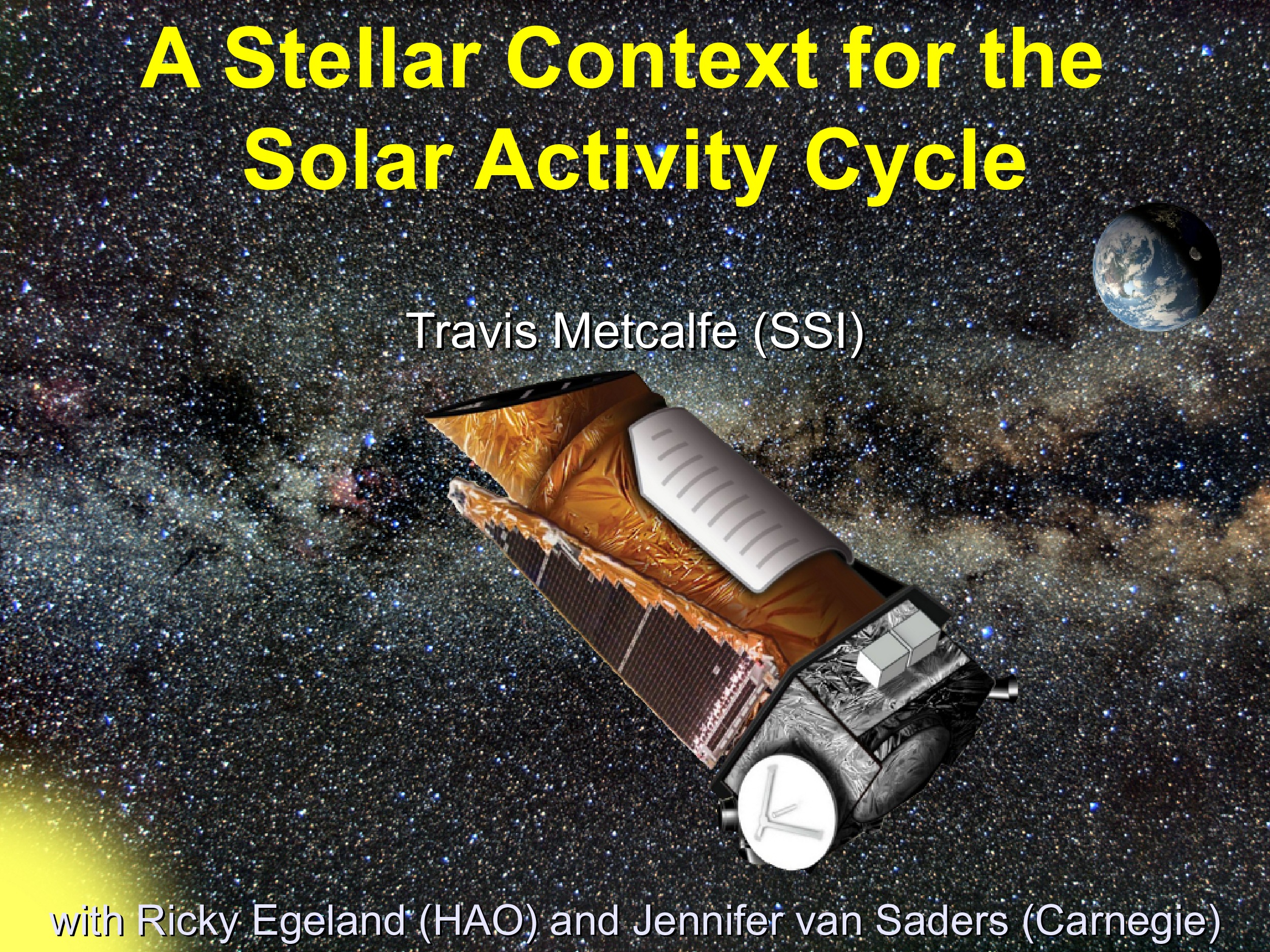Affiliation
Space Science Institute
Main category
Natural Sciences (Astrophysics and Astrononmy)
Abstract
Precise photometry from the Kepler space telescope allows not only the measurement of rotation in solar-type field stars, but also the determination of reliable masses and ages from asteroseismology. These critical data have recently provided the first opportunity to calibrate rotation-age relations for stars older than the Sun. The evolutionary picture that emerges is surprising: beyond middle-age the efficiency of magnetic braking is dramatically reduced, implying a fundamental change in angular momentum loss beyond a critical Rossby number (Ro~2). We have compiled chromospheric activity measurements for the sample of Kepler asteroseismic targets that were used to establish the new rotation-age relations. We use these data along with a sample of well-characterized solar analogs from the Mount Wilson HK survey to develop a qualitative scenario connecting the evolution of chromospheric activity to a fundamental shift in the character of differential rotation. We conclude that the Sun may be in a transitional evolutionary phase, and that its magnetic cycle might represent a special case of stellar dynamo theory.
Further reading
https://arxiv.org/abs/1606.01926
https://arxiv.org/abs/1601.02631
Do you have problems viewing the pdf-file? Download presentation
here
If the presentation contains inappropriate content, please
report the presentation. You will be redirected to the landing page.
